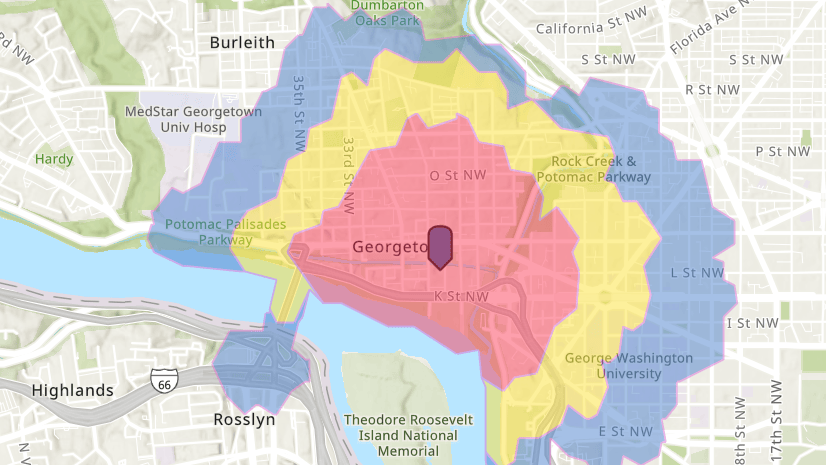Delvin4519
Active Member
- Joined
- Oct 8, 2022
- Messages
- 884
- Reaction score
- 1,536
I've just tried to generate a map of "population densities within 10 minute walking distance of an R/R crossing" by testing what happens if Teban54's population map is overlaid on top of the map, and the map cuts off North Beverly Station by 220px (oh no).The maps look very good!
I really appreciate creating the large 495 map, meaning the full MBTA service area (and even past to) Framingham, North Beverly, and Brockton, can be visualized on the map.
One minor issue with the new maps is the the low density tracts do not have enough colors. I would suggest splitting the "2217-7121" bracket into two if possible (maybe even an extra bracket at 1000?).
Would it be possible to re-create the MBTA's market analysis frequencies map if possible? (just the map that shows X census track supports 30 vs. 20 or 10 min frequencies, etc, etc,). The data used by the MBTA is about 10 years out of date, plus the fact that the MBTA's map does not extend past Lynn or Quincy Adams, meaning it's hard to see how Framingham/Beverly/Brockton stack up. The combined market analysis map is essentially a merged version of population + employment density to get the "x-supported frequency" for each city block, extending out to the edge of the T's district.
MBTA market analysis frequencies map (too small), and a sample market size analysis table, pulled from the T's market analysis PDF. I have been using the market analysis map and the urbanization 10m maps to get map data to work off of)
View attachment 50350View attachment 50351
In any case I probably would need to change the colors of my own RR crossing map anyways.
I don't think there's anything too surprising or brand new from overlaying my RR crossings map onto Teban54's population map. The same underserved areas show up as usual mostly. In any case, it still shows how any westward expansion of rapid transit, should still aim to hit the Watertown <---> Waltham Center corridor. The Waverley <---> Waltham corridor is worse performing than it is from Watertown.
The biggest takeaways I see is that Boston Medical Center and Longwood Medical Area are horrendously underserved by the ROWs given their exceptional densities. Same with the hill on the B branch towards the west.
Northside Orange Line, especially in Charlestown, is also notoriously empty and devoid of housing in close proximity to the ROWs, especially in Charlestown's floodplains; save for some commercial areas near Assembly and Malden Center. Charlestown is especially criminally underserved compared to East Boston. The giant parking lots near Cambridge Crossing and Thompson Sq., really eats away at potential density.
I've leaving these as screenshots in the paint editor program, since if there's a better map in the future, it may be better to overlay it on that map instead.
So yeah, that MBTA map had been on my radar for a few weeks (I think it was you who brought it up, so kudos), and I do plan to try recreating that at some point. Of course, working on that also means a dedicated job density map as a byproduct - I hear the calls from all other comments above you.
Has the MBTA mentioned the exact formula, or weighting between residents and jobs, that they used to create their "composite transit demand" metric? I see your second screenshot about some general ranges of residential and employment density they used to categorize service levels, so I can try reverse-engineering the weights, but a more explicit measure would obviously be better.
I do see how that can be a concern. The color scales were generated automatically using the Jenks natural breaks optimization, which I picked because it shows the nuances of urban areas pretty well - and urban areas were my initial focus. I'll see if there's a systematic way to finetune low-density areas further (perhaps adding one more color class?).
Yea, that map and the urbanization maps have been my primary maps I've used to get useful data for underlying demand. I'm not aware of any exact values the T used for their underlying demand maps, so reverse engineering would probably be needed. The PDFs as far as I know only have some "weighted propensity" for population demand, but getting that data, I'm not sure how that would work out.
Attachments
Last edited:



